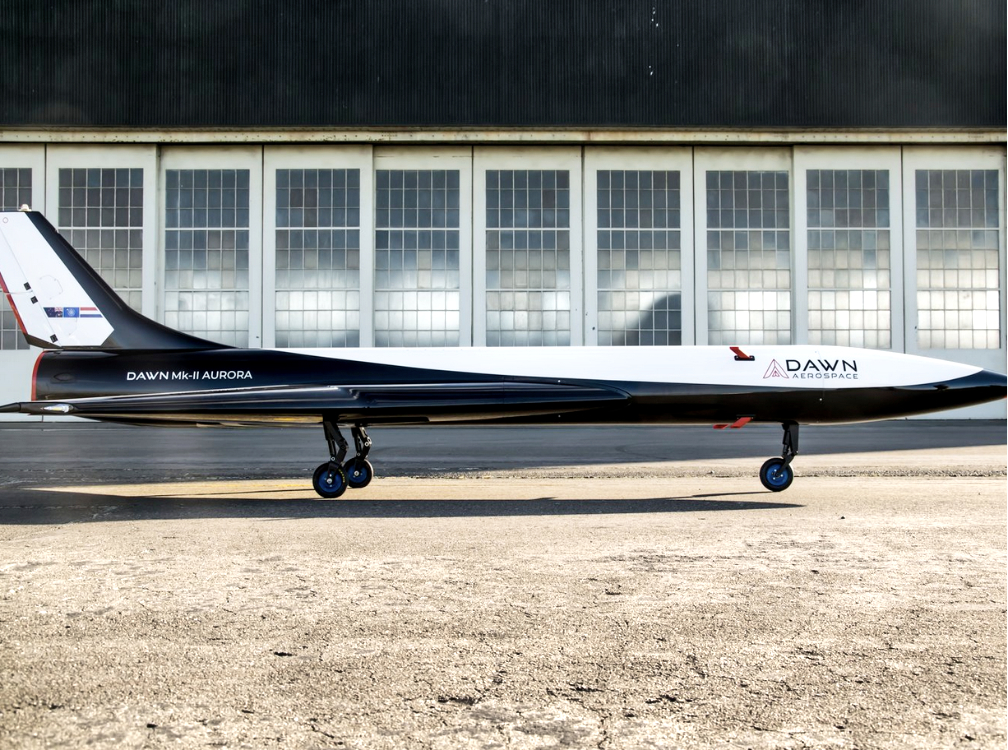
Dawn Aerospace has received certification from the Civil Aviation Authority of New Zealand (CAA) for the imminent, rocket-powered, flight campaign of the company’s Mk-II Aurora spaceplane.

The mission of the Mk-II Aurora is to fly to space twice in a day and, in doing so, demonstrate that rocket-powered systems can be as reusable as commercial aircraft. This marks the first time a remotely piloted, rocket-powered vehicle has been certified for flight out of a civil airport.
Certification as an aircraft is a crucial step toward the mission, as it allows Dawn Aerospace to operate without excluding other airspace users. This enables the firm to integrate with existing airspace and fly as frequently as the vehicle permits, rather than as often as airspace can be cleared.
In the past, using surrogate jet engines, the company achieved two flights within hours and four flights in a day. Rapid reusability is a key property that enables both swift iteration in development and unparalleled utility of the end product.
In addition to being a key technology demonstrator, the Mk-II holds significant commercial promise as a suborbital vehicle, spanning a wide range of applications such as earth monitoring, microgravity research, disaster management, and in-situ atmospheric measurements – providing unprecedented enhancements to weather and climate models.
The Dawn Aerospace team has been diligently designing and building the Mk-II Aurora spaceplane since 2018 and has completed 48 test flights using jet engines, validating all non-rocket systems and have additionally concluded static integrated testing of the Mk-II Aurora engine. During the rocket engine’s development, it was fired 112 times, including seven instances where it was integrated with the vehicle.
With vehicle certification and integration testing completed, rocket-powered flights are set to start within the next month. Initial flights will continue to follow a build-up approach, as has been done in the past. The first flights will reach modest speeds and altitudes while aiming to maintain the rapid test cadence previously demo’d using surrogate jet engines.
